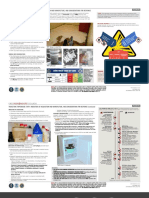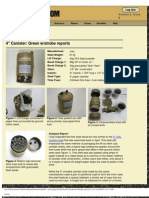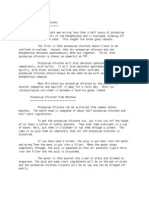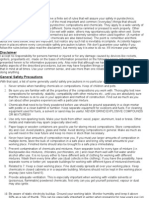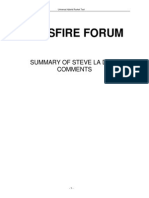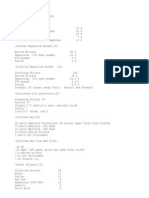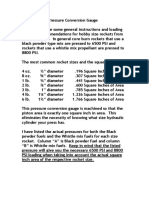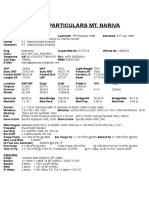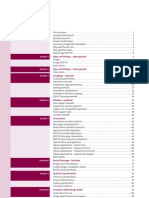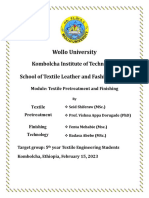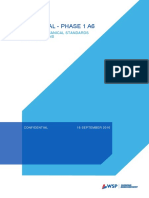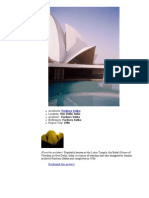100% found this document useful (1 vote)
337 views4 pagesThermalite Equivalent Fuse
This document describes how to make a homemade equivalent of thermalite fuse. It provides instructions for mixing the dry chemical composition and binder solution, and then dipping copper wires in the mixture to produce flexible fuses that burn hotly and can be used for various pyrotechnic applications. Safety warnings are given about handling chlorates and magnesium powder. The summary concludes by recommending the Firefox publication for additional formulations and information.
Uploaded by
Erick DinkleCopyright
© © All Rights Reserved
We take content rights seriously. If you suspect this is your content, claim it here.
Available Formats
Download as PDF, TXT or read online on Scribd
100% found this document useful (1 vote)
337 views4 pagesThermalite Equivalent Fuse
This document describes how to make a homemade equivalent of thermalite fuse. It provides instructions for mixing the dry chemical composition and binder solution, and then dipping copper wires in the mixture to produce flexible fuses that burn hotly and can be used for various pyrotechnic applications. Safety warnings are given about handling chlorates and magnesium powder. The summary concludes by recommending the Firefox publication for additional formulations and information.
Uploaded by
Erick DinkleCopyright
© © All Rights Reserved
We take content rights seriously. If you suspect this is your content, claim it here.
Available Formats
Download as PDF, TXT or read online on Scribd
/ 4













